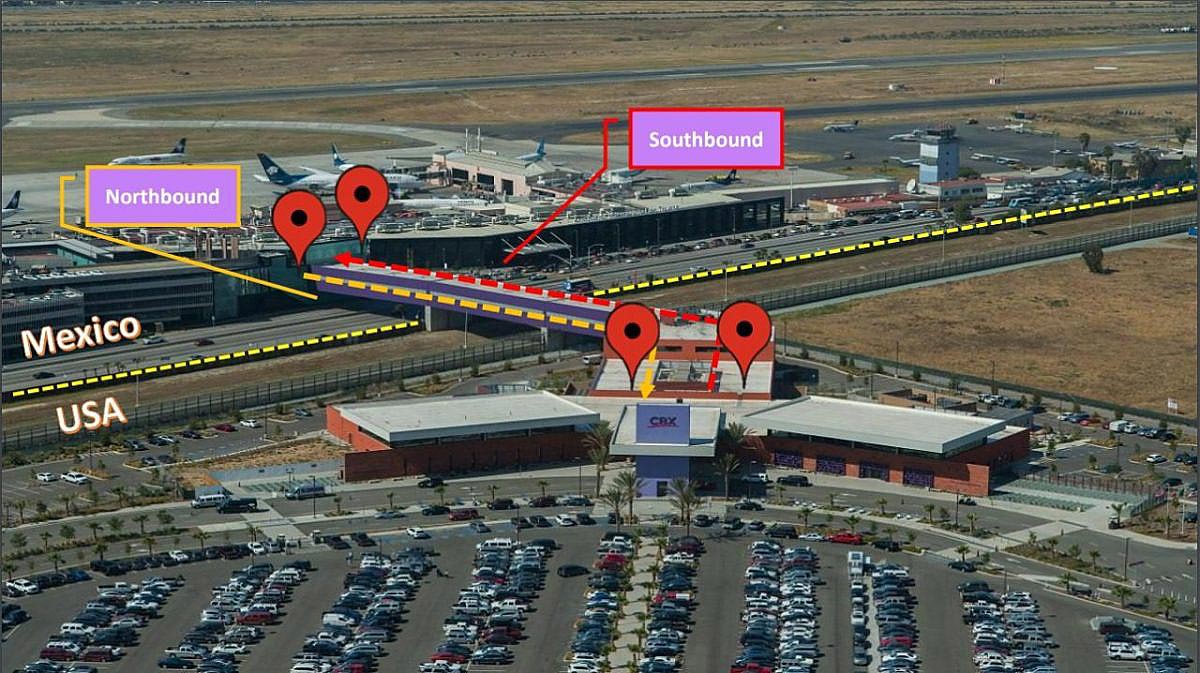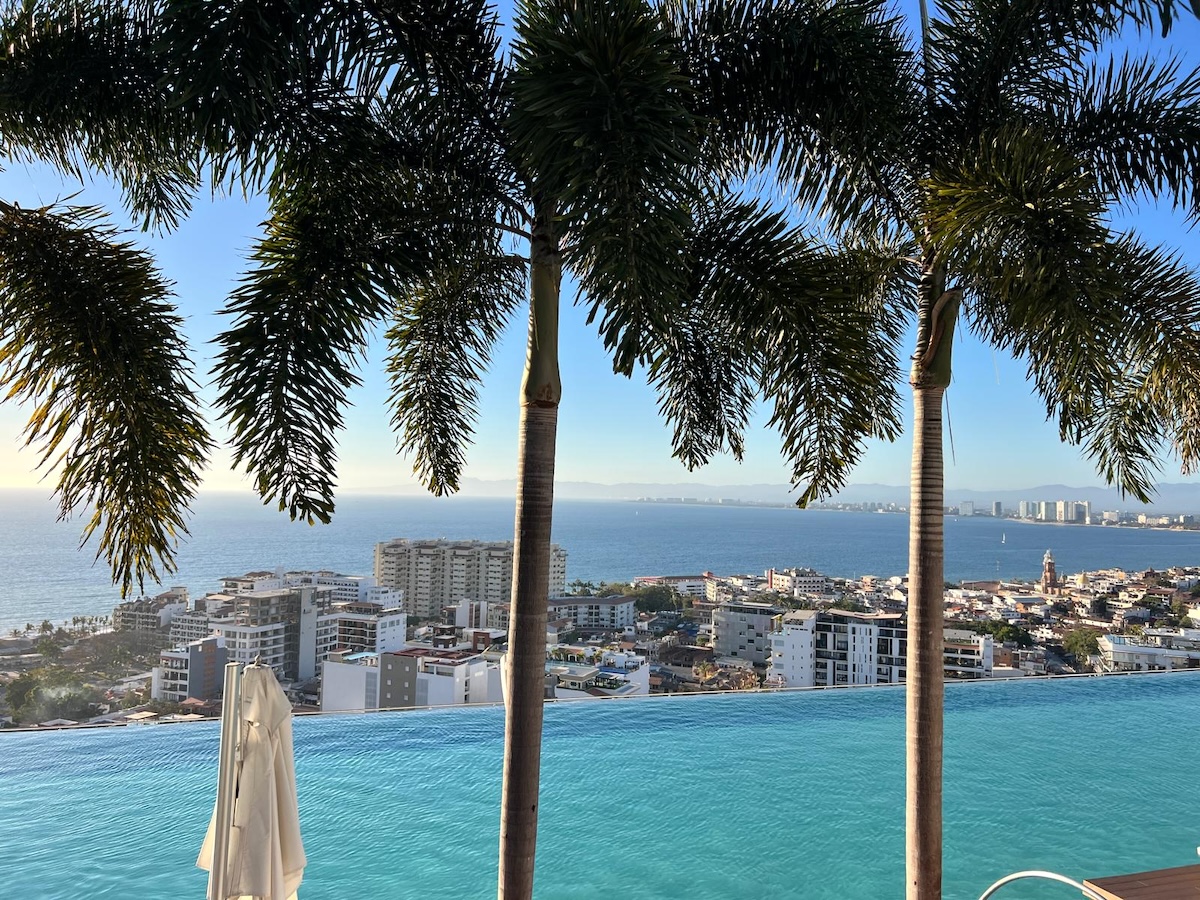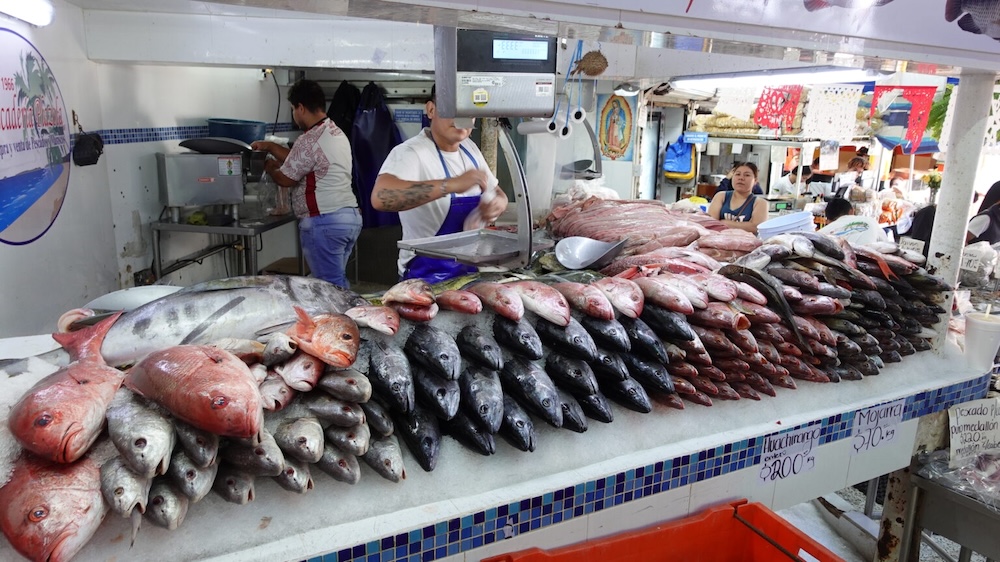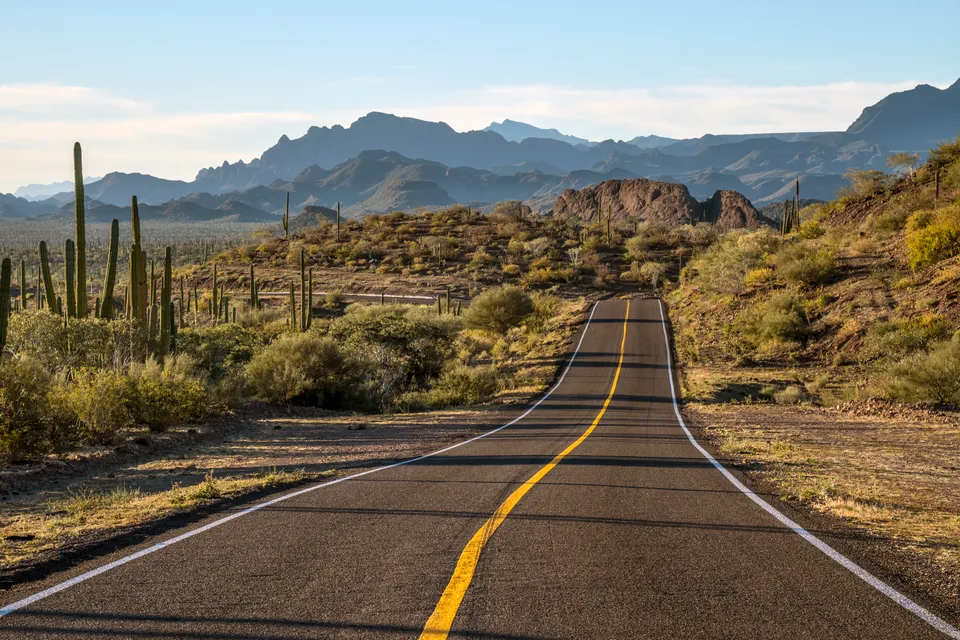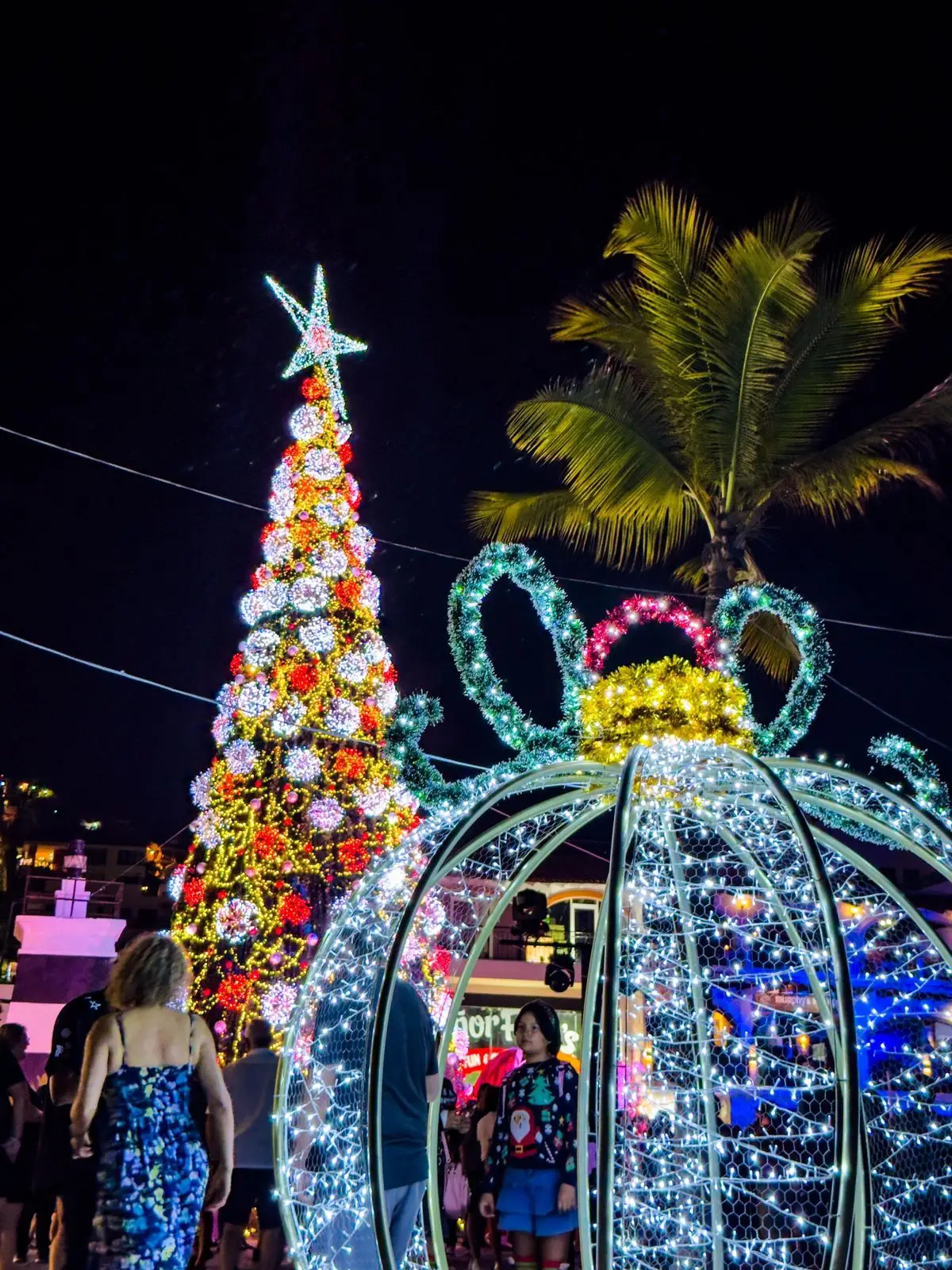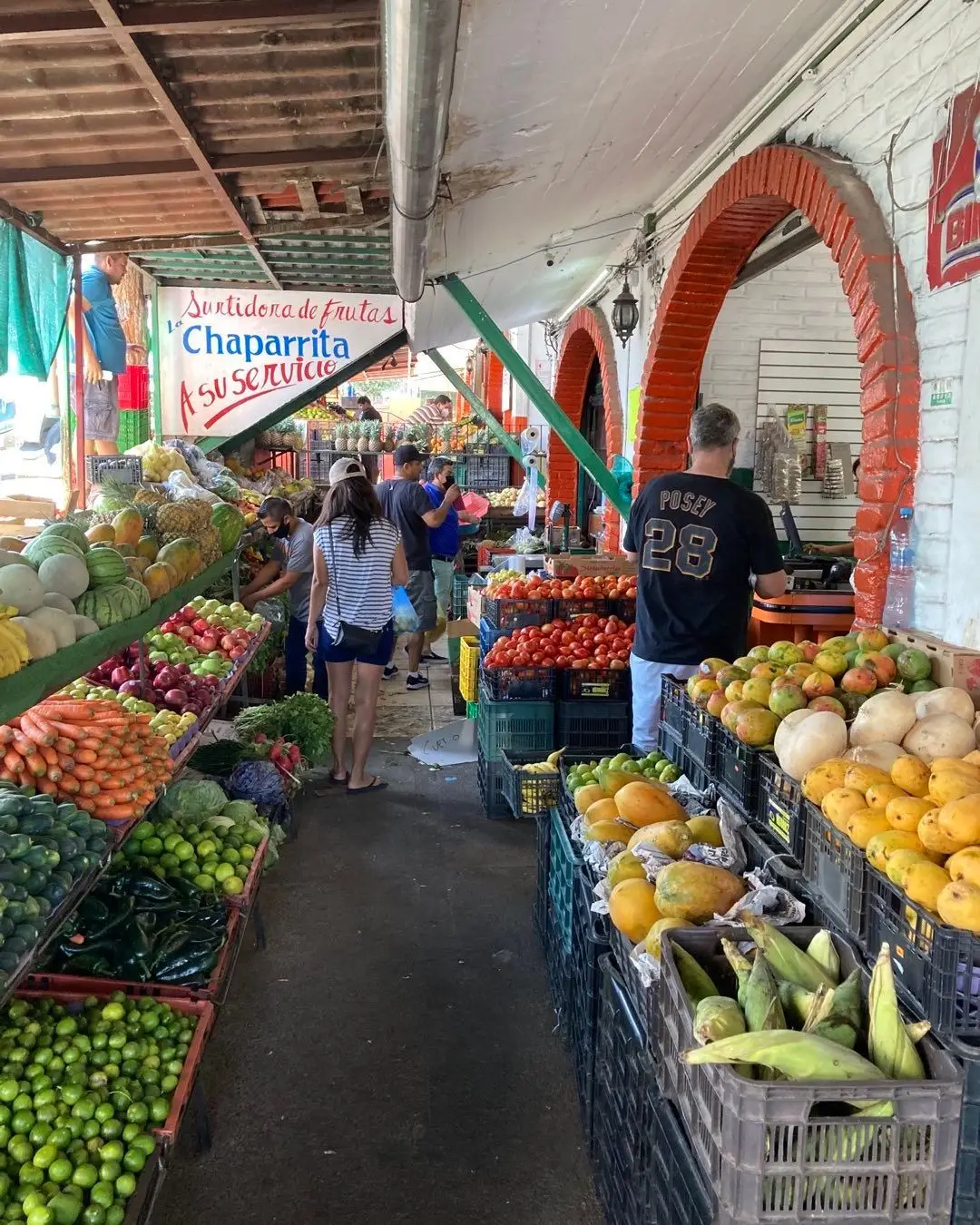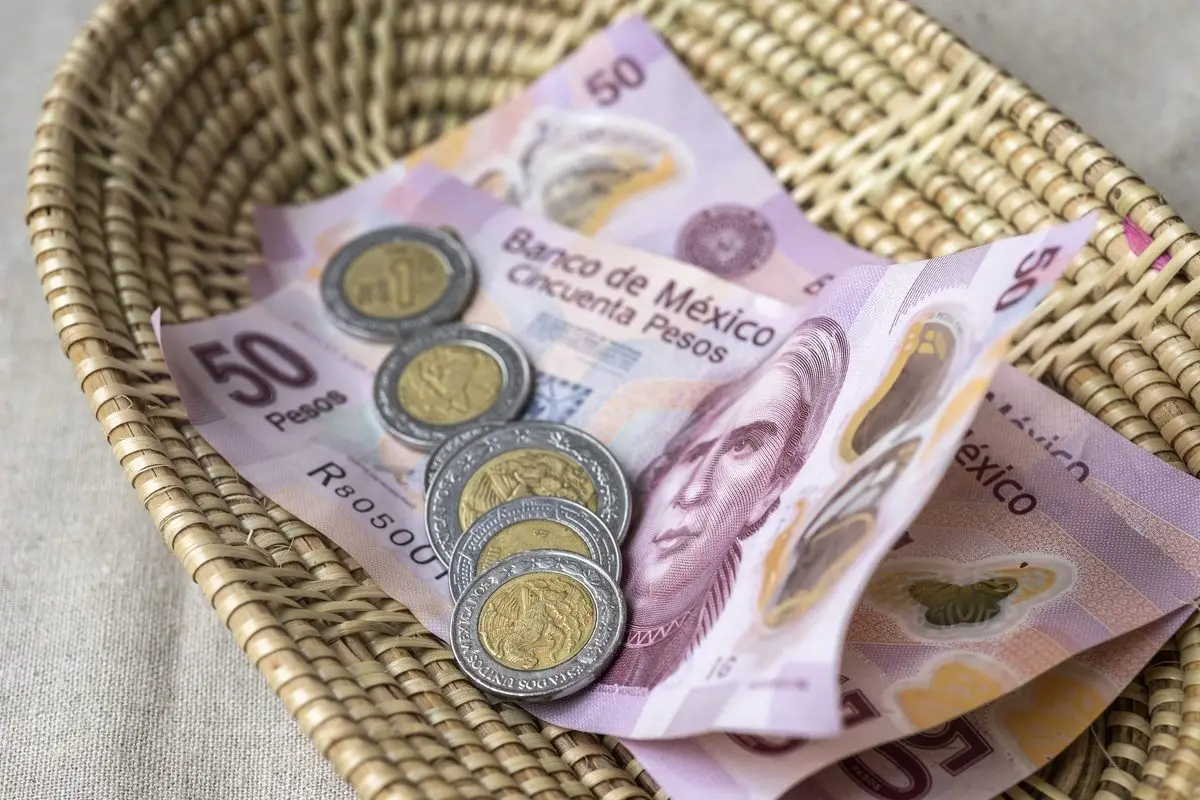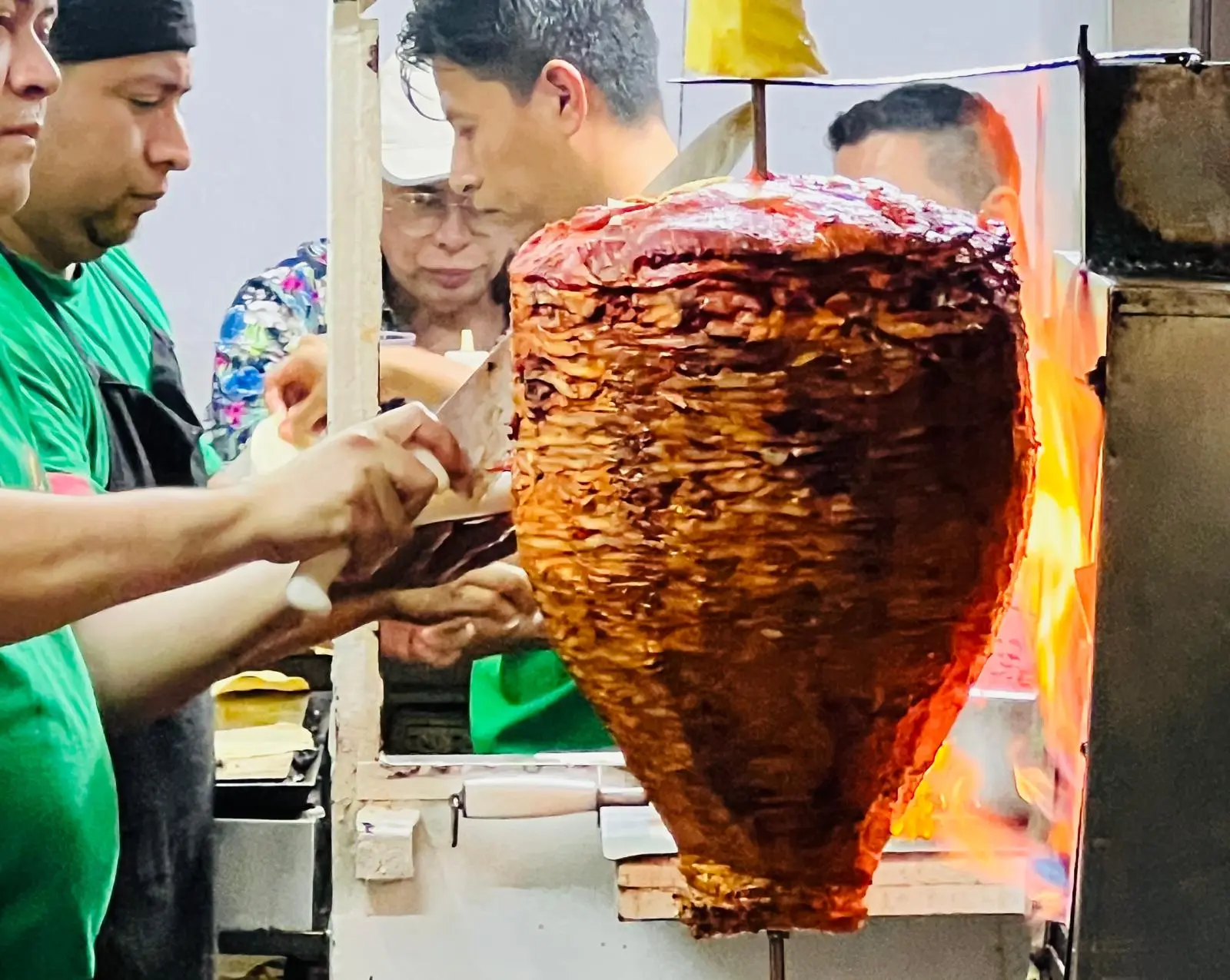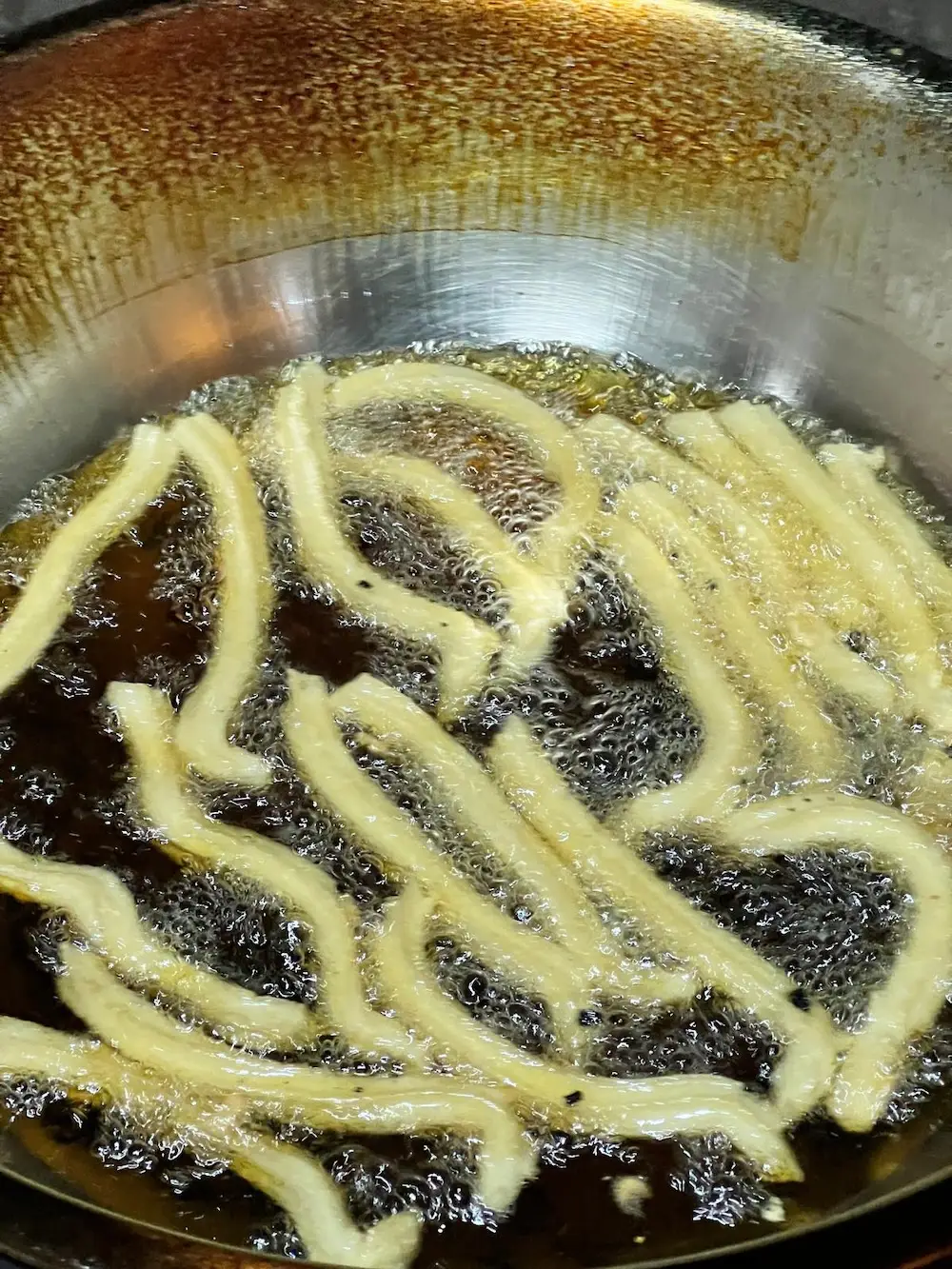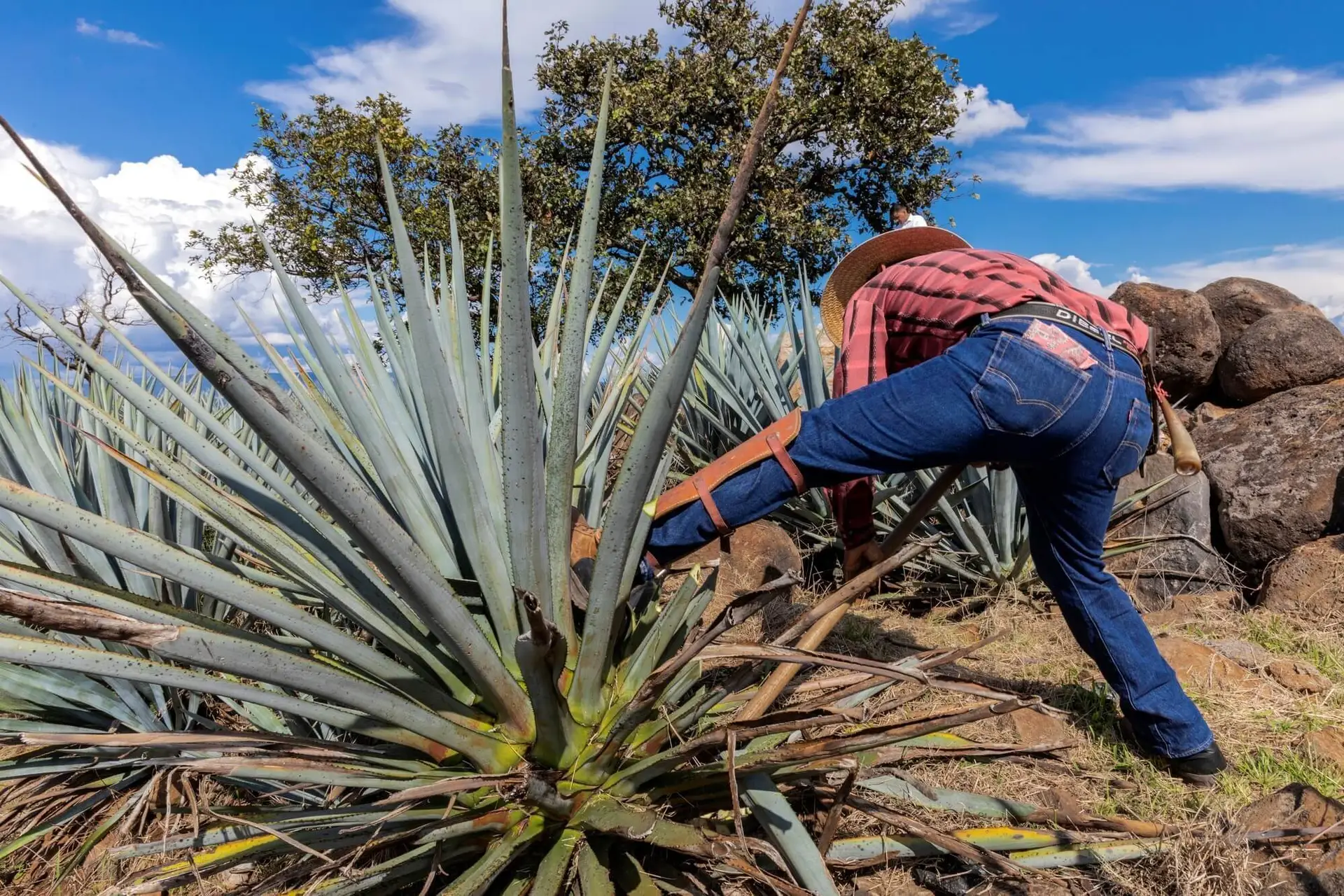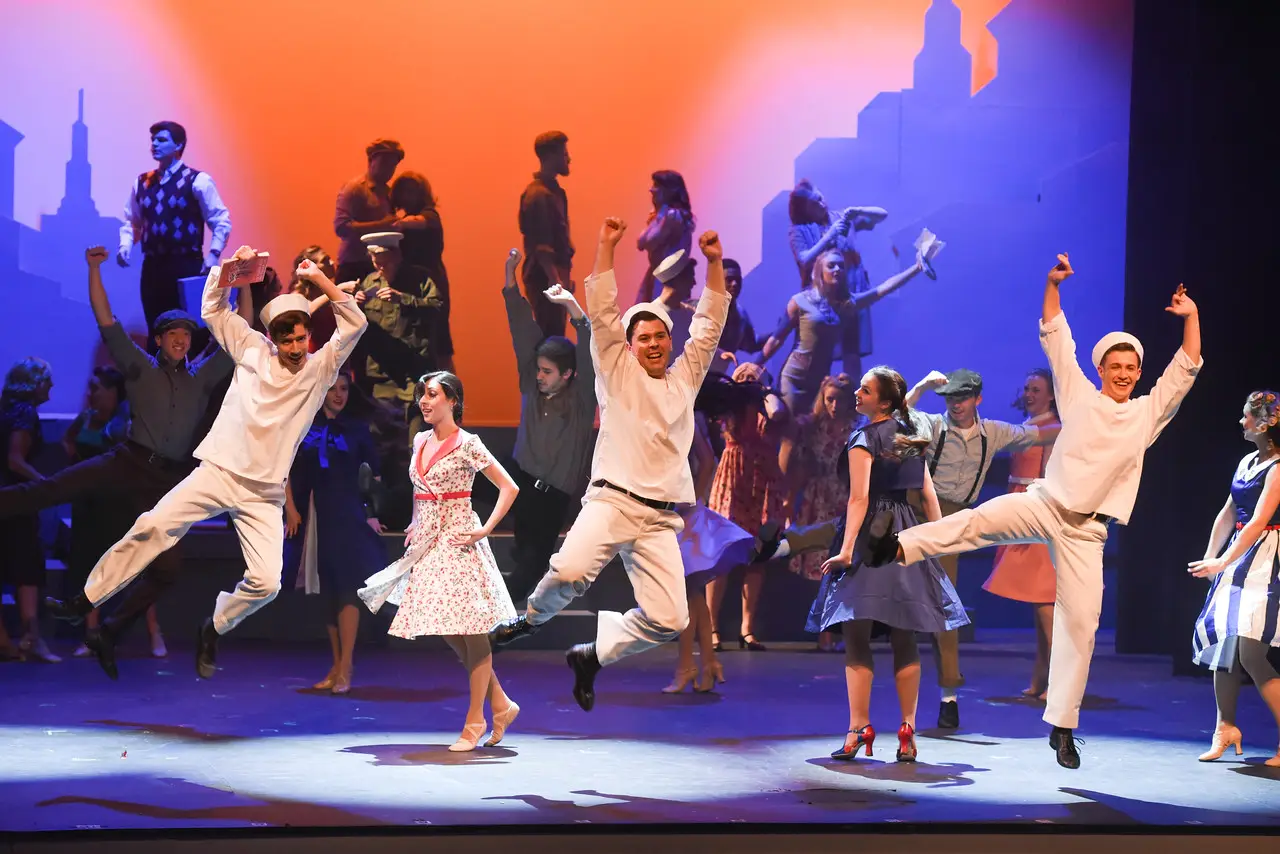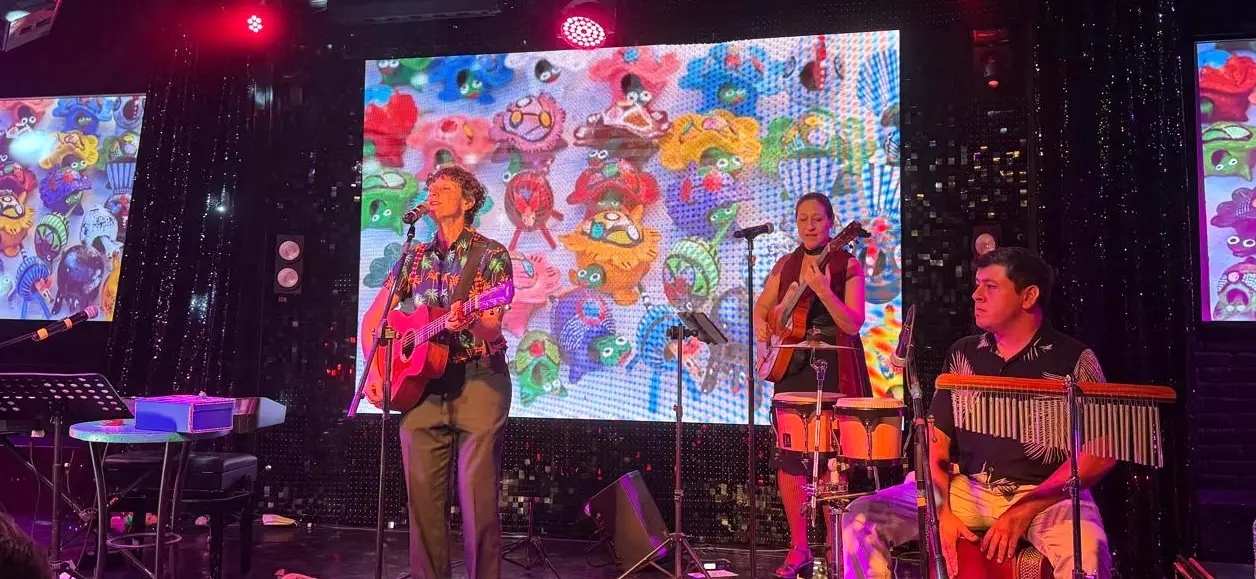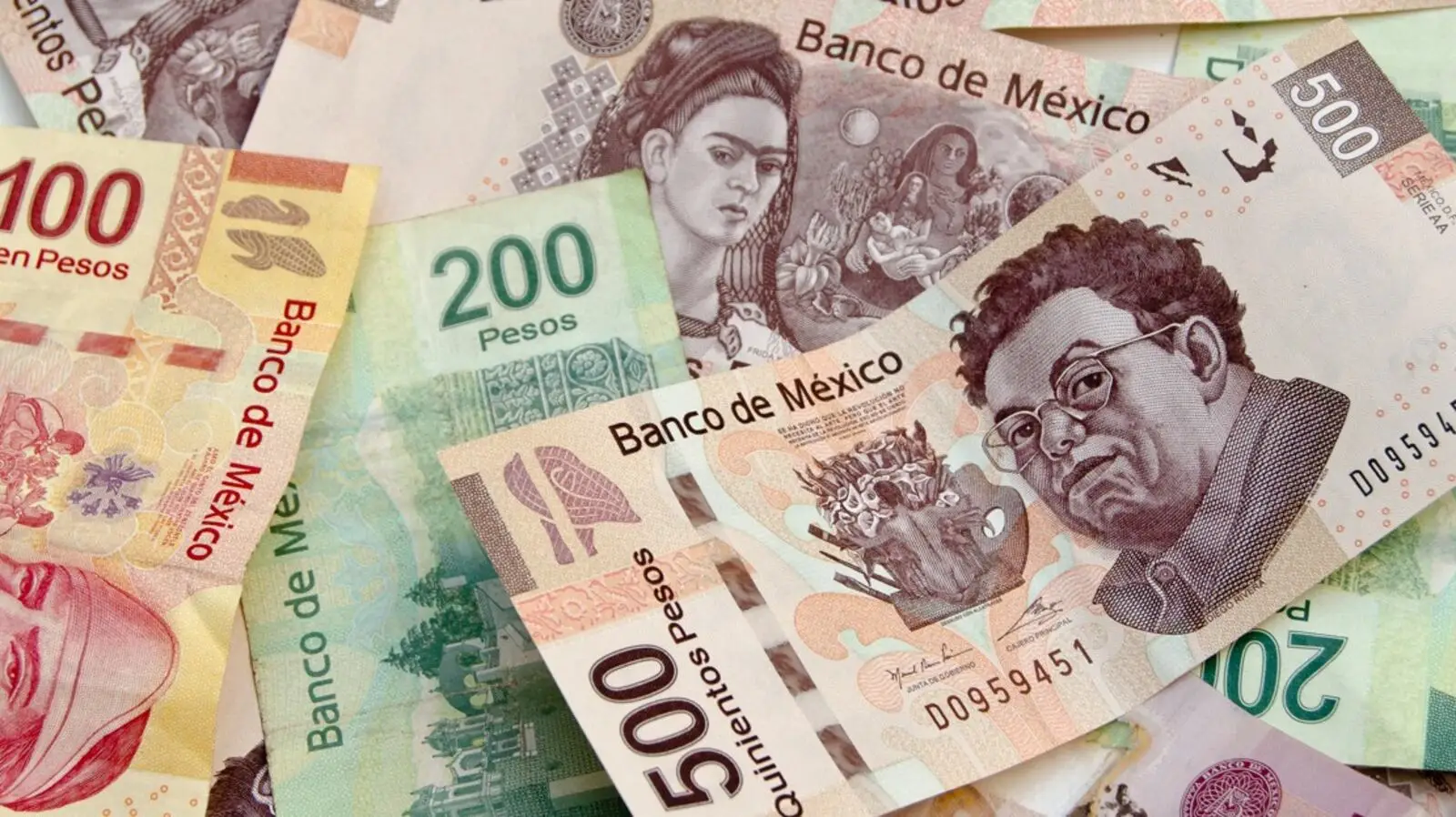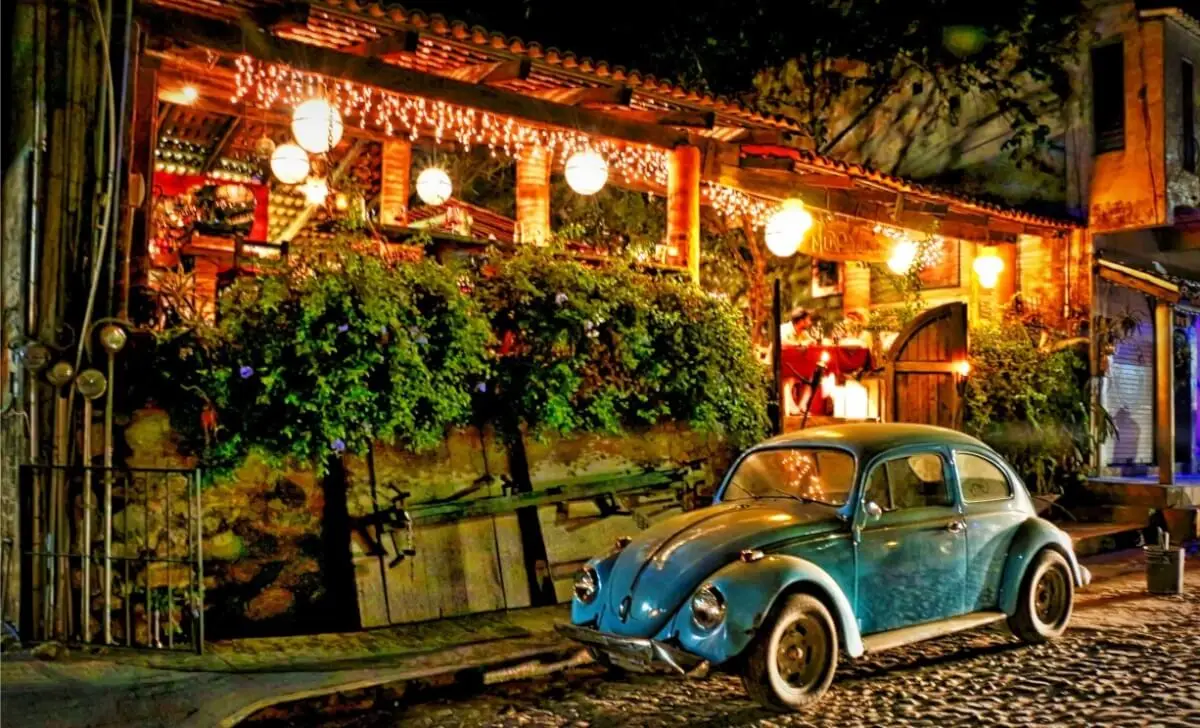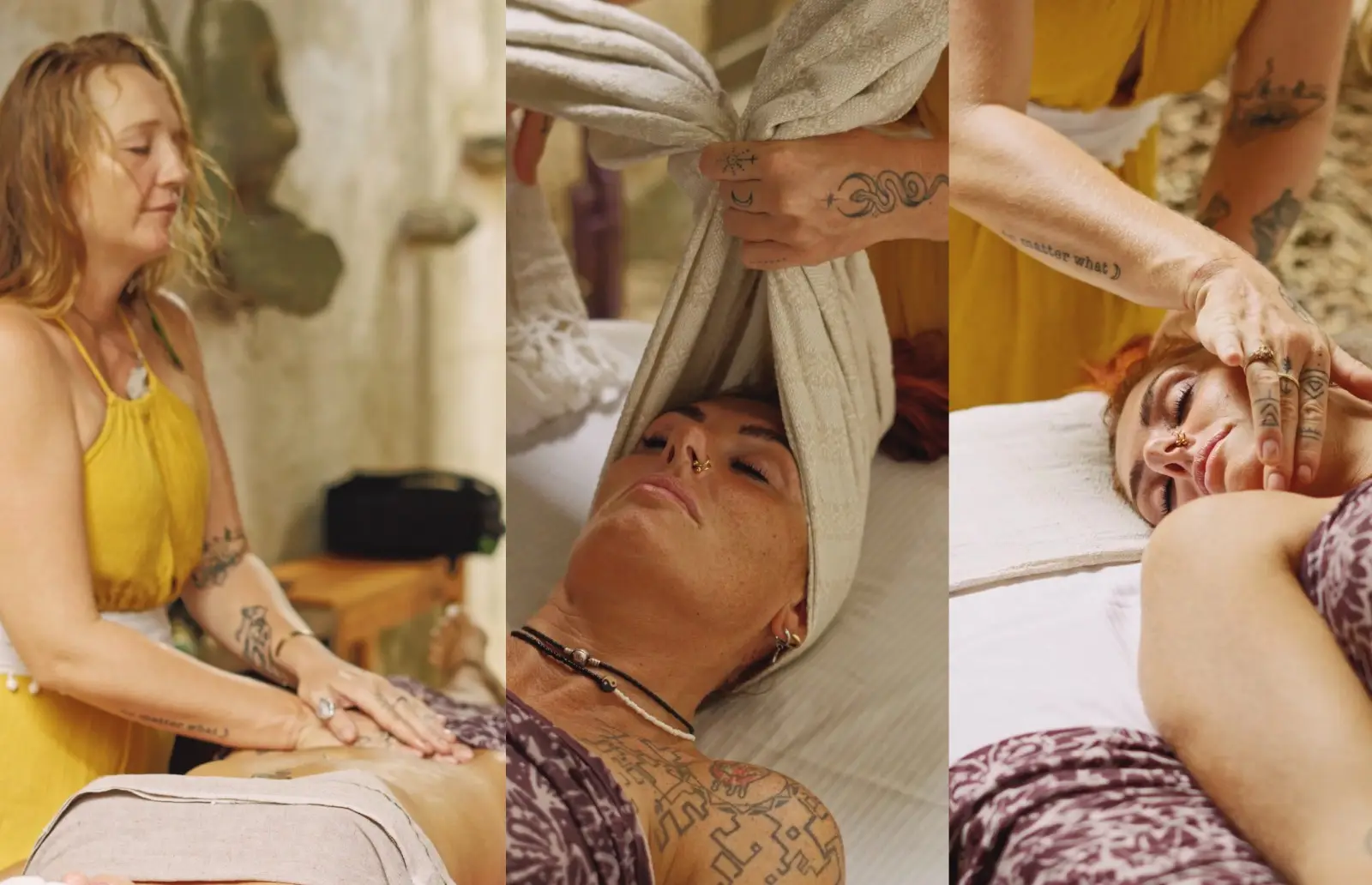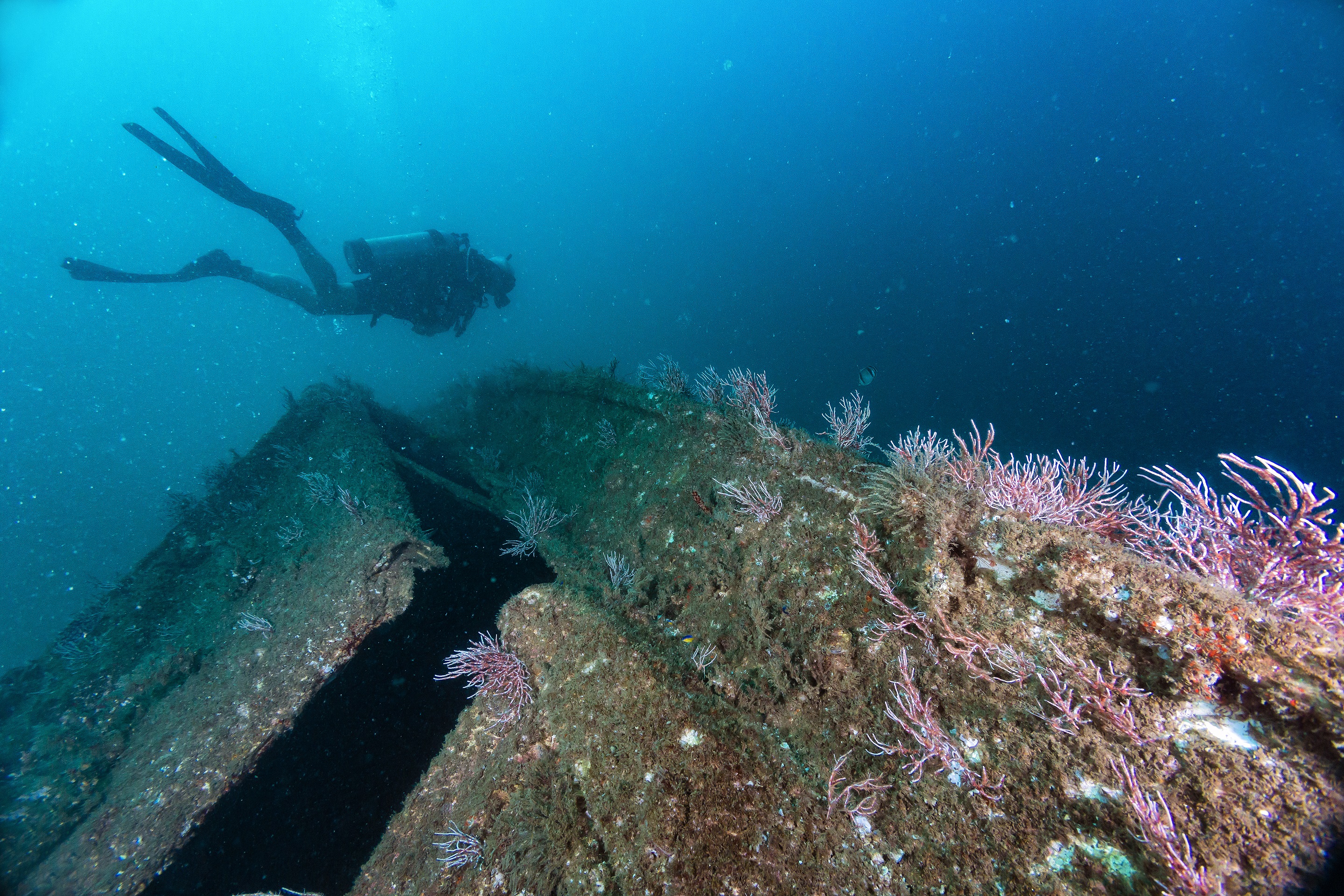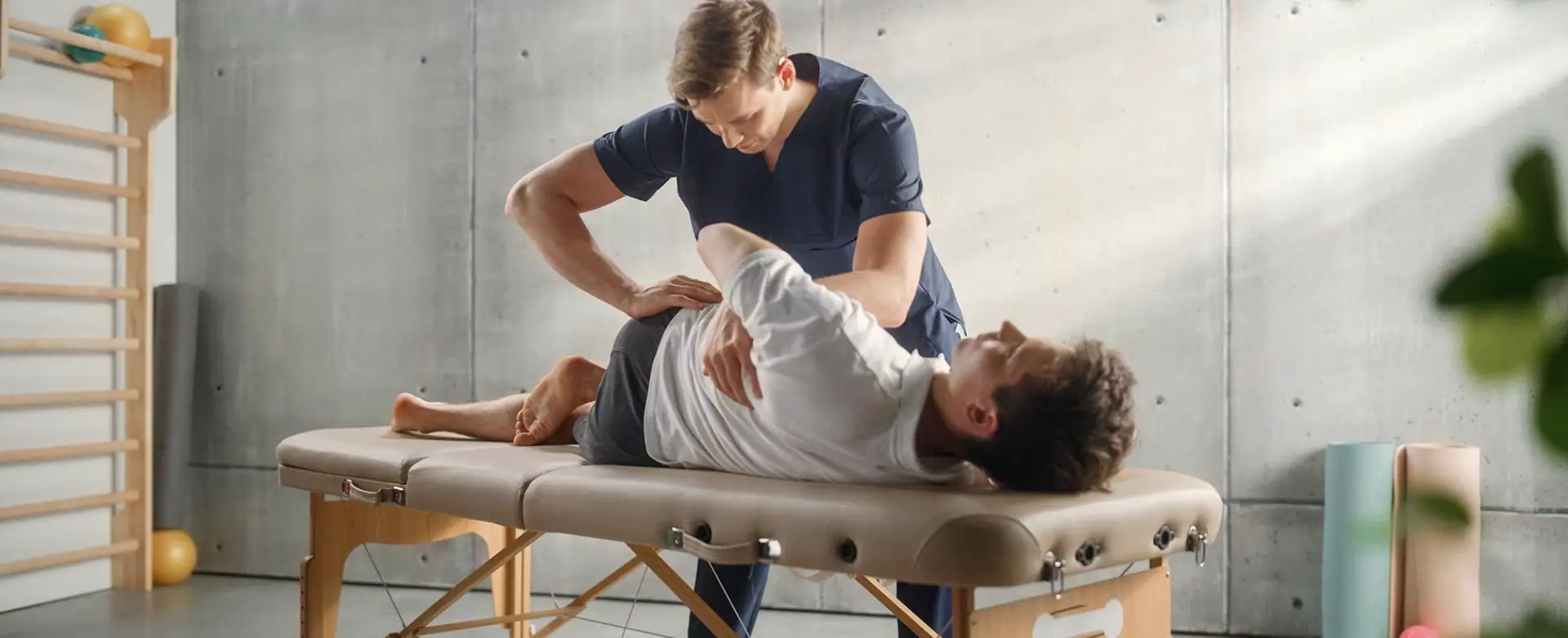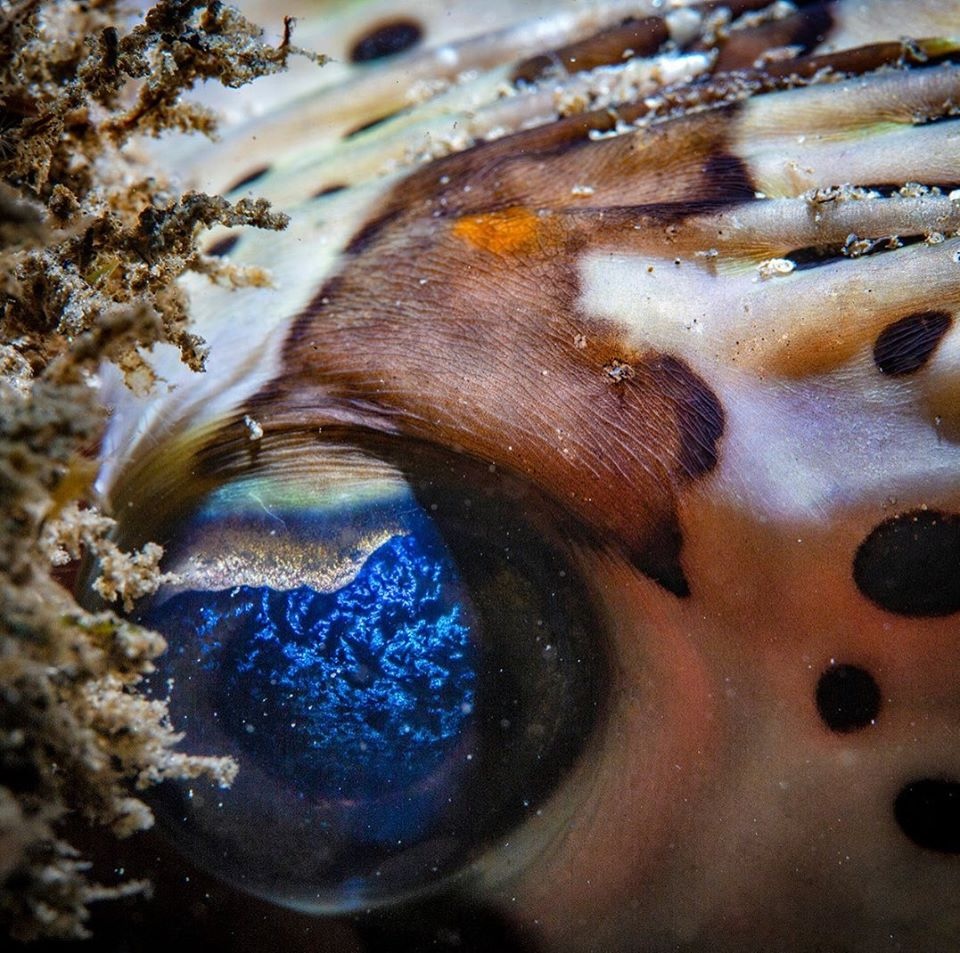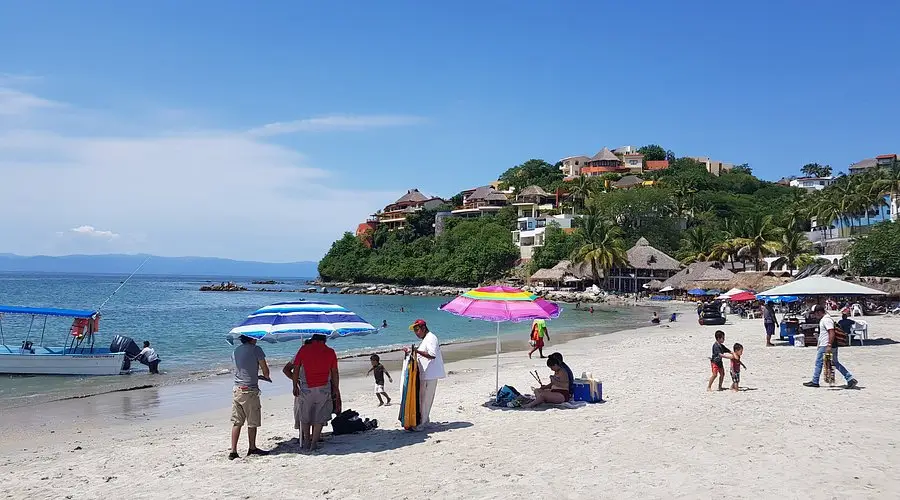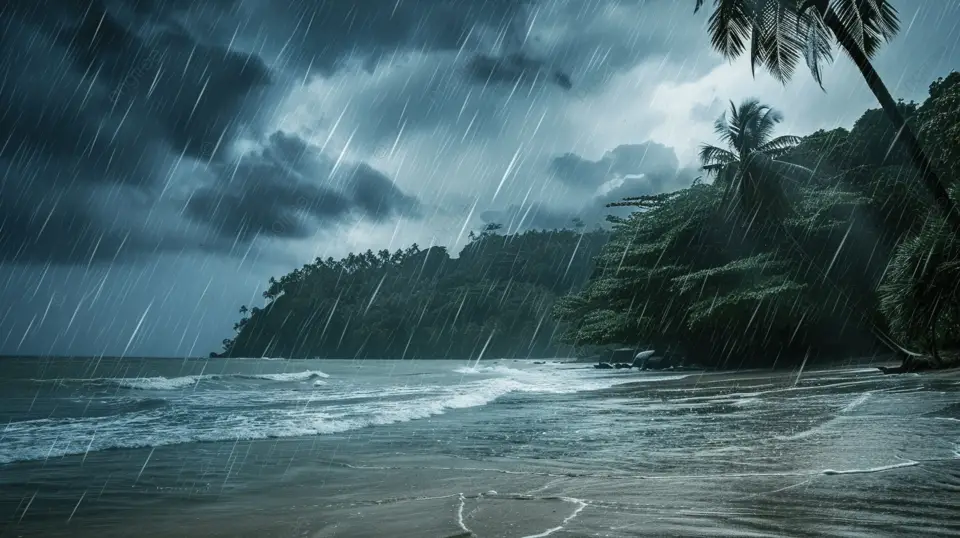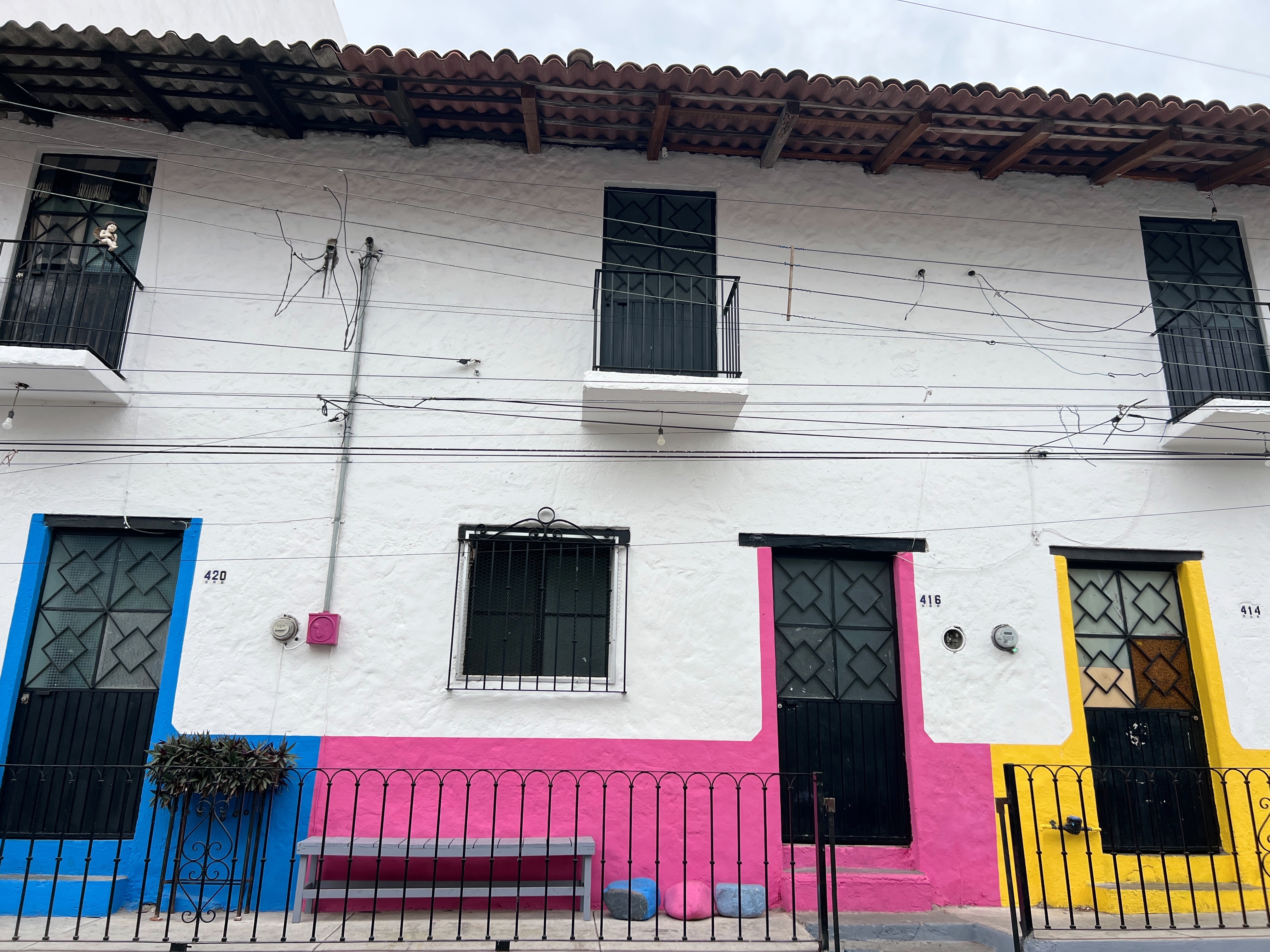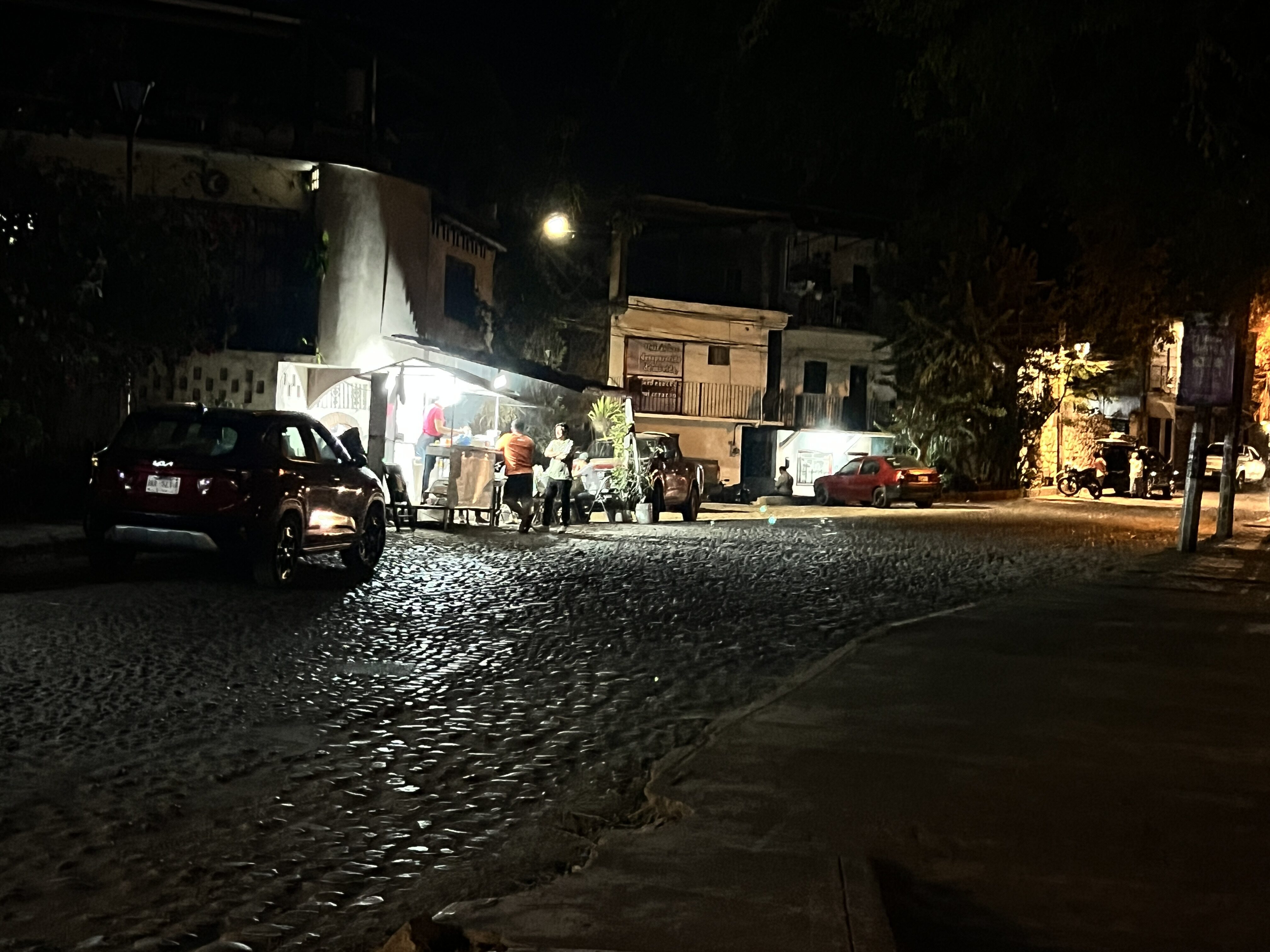As shared by:
Yolanda Pita Garduño-McCullough, a pata salada.
I want to invite all of you to join me on a personal journey through Puerto Vallarta’s past. As I’ve done before on the Facebook group Puerto Vallarta: Everything You Need Or Want to Know, Tricia has invited me to share these meaningful stories from the book Puerto Vallarta, My Memories here for those who have yet to experience them.
My grandmother Catalina Montes de Oca de Contreras, a resilient visionary, arrived as a newlywed in Puerto Vallarta, then called Las Peñas, on May 12, 1918. At the tender age of 18, she married Roberto Contreras Quintero, a pharmaceutical doctor who had established his practice and the first pharmacy in Las Peñas in 1916. Little did Catalina know that Las Peñas would be named a municipality and changed its name to Puerto Vallarta only two weeks after she arrived on May 31, 1918.
Catalina embraced her new life in the small fishing village, quickly adapting and making new friends with the locals. This was unexpected because Catalina, from Jalisco, had been raised in the big city of Mexico. She started to write her memories, which would later become the book Puerto Vallarta en mis recuerdos and its English version, Puerto Vallarta, My Memories. Her memoirs are imbued with sensitivity and simplicity. Catalina had the gift of making the reader travel with fascination in a time capsule to the Vallarta of yesteryear.
It is unimaginable that the now beautiful city of Puerto Vallarta was already a beloved destination for all the people of Jalisco and Nayarit States since the 19th century. My grandfather Roberto wrote in his memories that his parents rewarded him and his siblings as children, bringing them to Las Peñas to spend their vacations. They reveled in the beauty of the ocean. Roberto Contreras, one of the true forgers of Puerto Vallarta, became, in later years, the City Mayor in three different tenures.
History points to Señor Guadalupe Sánchez Torres as the man who discovered Puerto Vallarta established it with his family, and named it Las Peñas de Santa María de Guadalupe on December 12, 1851, the day that Mexico honors the Virgin of Guadalupe, patron of Mexico and Puerto Vallarta. This historical significance adds weight to the city’s heritage, now highlighted by the festivities of the Virgin of Guadalupe that end tomorrow.
Let’s begin our journey when Catalina arrives in the small village of Las Peñas after a strenuous three-day trip by sea on a cargo ship named “No Name.”
From the book:
Puerto Vallarta, My Memories
By Catalina Montes de Oca de Contreras
My Arrival in Las Peñas. 1918
We arrived at midnight on May 12, 1918, only to discover that the port was closed. The head of Customs could not perform a routine inspection on our ship until the following morning.
In the beginning, when the Captain informed us of the delay, I was so upset I felt I was going to faint. Still, finally, I got used to the idea of sleeping on board one more night. I was trying to rock myself to sleep with the melodic sound of waves when I heard a voice prompting us to get off the boat and jump onto the canoes brought from shore. I was so excited that I forgot my seasickness and was the first to jump in.
My husband introduced me to a smiling young man who sat next to me on the canoe. His name was Eduardo Guzmán, a good friend of my husband. Thanks to him, the head of Customs, Sr. Manuel Moran, inspected us in the early hours of the morning.
The swell was agitated, and the waves were high and broke loudly onshore. The sailors said we had to wait patiently in the canoe for the “Silent Wave,” which would allow us to glide onto the shore.
We disembarked at what they called the pier (but there was no such) at the same beach where Hotel Rosita is at present. A group of people, my husband’s friends, welcomed us. He introduced me to all of them in the dark because I could not see their faces. It was dawn, and people in the community were still sleeping. Our friends took us to our home. There was no electricity, and I could hardly see where I walked. This is how I first saw my new home.
When entering the house, the light of oil lamps placed all over the house blinded me. When my eyes finally got used to the light, I saw a beautiful table set up with a long white tablecloth and delicious food. I was delighted, feeling I had reached paradise! We were starving and had a feast! After not eating anything since our trip on the boat, I had only a vague memory of eating Mochomos, seasickness, and throwing up. Merceditas Topete, the wife of my husband’s uncle Rafael Contreras, had made a special trip from Mascota to prepare all the food lovingly to welcome the newlyweds.
By the light of the oil lamps, I was finally able to see all the faces of people introduced to me. The names of the people I met that morning were Señor José Baumgarten Escudero, Buenaventura Santana, his sisters Luisita and Basilia, Clemente Barba, Salvador Barraza, and his brother, Enrique, Eduardo Guzmán, the Ruelas girls, Lupe and Victoria, Don Peto Jaso, who was in charge of postal services, Margarita Lepe, her granddaughter, and some others I cannot recall. All these people had moved to Vallarta from different areas and formed the community. When our company left, my husband and I were exhausted and immediately went to sleep.
A people without knowledge of their past history, origin, and culture is like a tree without roots...
Marcus Garvey


